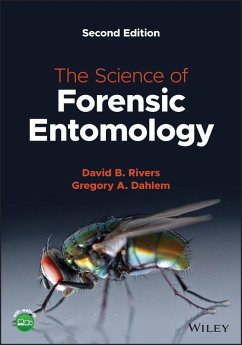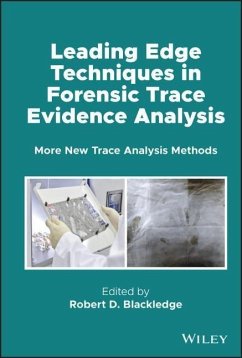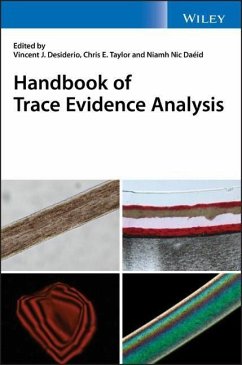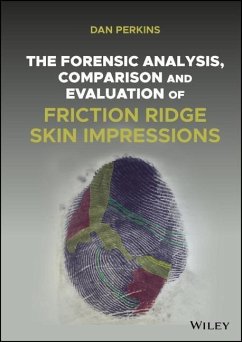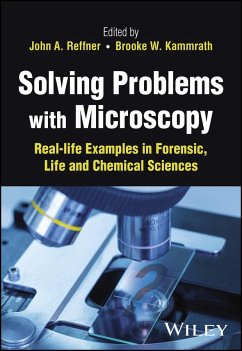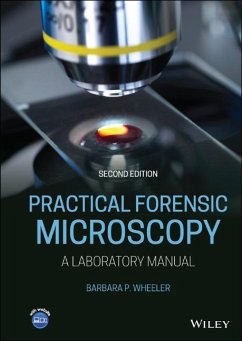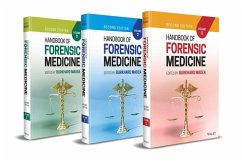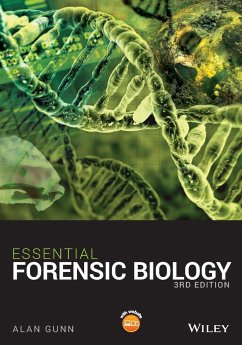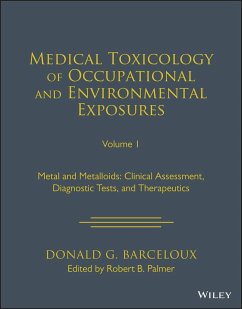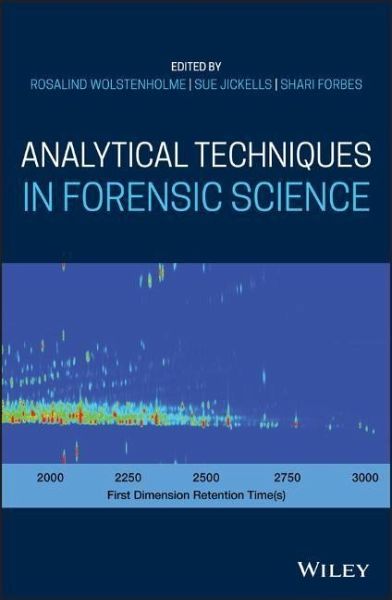
Analytical Techniques in Forensic Science
Versandkostenfrei!
Versandfertig in 2-4 Wochen
143,99 €
inkl. MwSt.
Weitere Ausgaben:

PAYBACK Punkte
72 °P sammeln!
Analytical Techniques in Forensic Science looks at the interface between analytical chemistry and, primarily, trace evidence in forensic science. Each section includes an introduction to the area followed by laboratory techniques grouped by shared operating principles. Incorporating specific theory, application to forensic analytes, interpretation, forensic specific developments and case studies, coverage of each technique is clear and comprehensive. Techniques covered include UV-Vis and vibrational spectroscopy, mass spectrometry and gas and liquid chromatography. The applications include evi...
Analytical Techniques in Forensic Science looks at the interface between analytical chemistry and, primarily, trace evidence in forensic science. Each section includes an introduction to the area followed by laboratory techniques grouped by shared operating principles. Incorporating specific theory, application to forensic analytes, interpretation, forensic specific developments and case studies, coverage of each technique is clear and comprehensive. Techniques covered include UV-Vis and vibrational spectroscopy, mass spectrometry and gas and liquid chromatography. The applications include evidence types such as fibres, paint, drugs and explosives. Carefully structured throughout, each chapter carries a section on interpretation and includes relevant case examples where appropriate. In order to develop the discussion more fully focus is placed on data collection, subsequent analysis, what information has been obtained and what this means in the context of a case. This process canbe markedly different in the forensic arena compared to other disciplines and dependent on the case severity and/or budget. Further, the developments section in each chapter will explore novel and future applications for analytical techniques highlighting the problem solving nature of much of forensic analysis; 'this is the state/amount of material we have, this is the information we want to get from it, which technique can we use or do we need to develop a new method?'.




